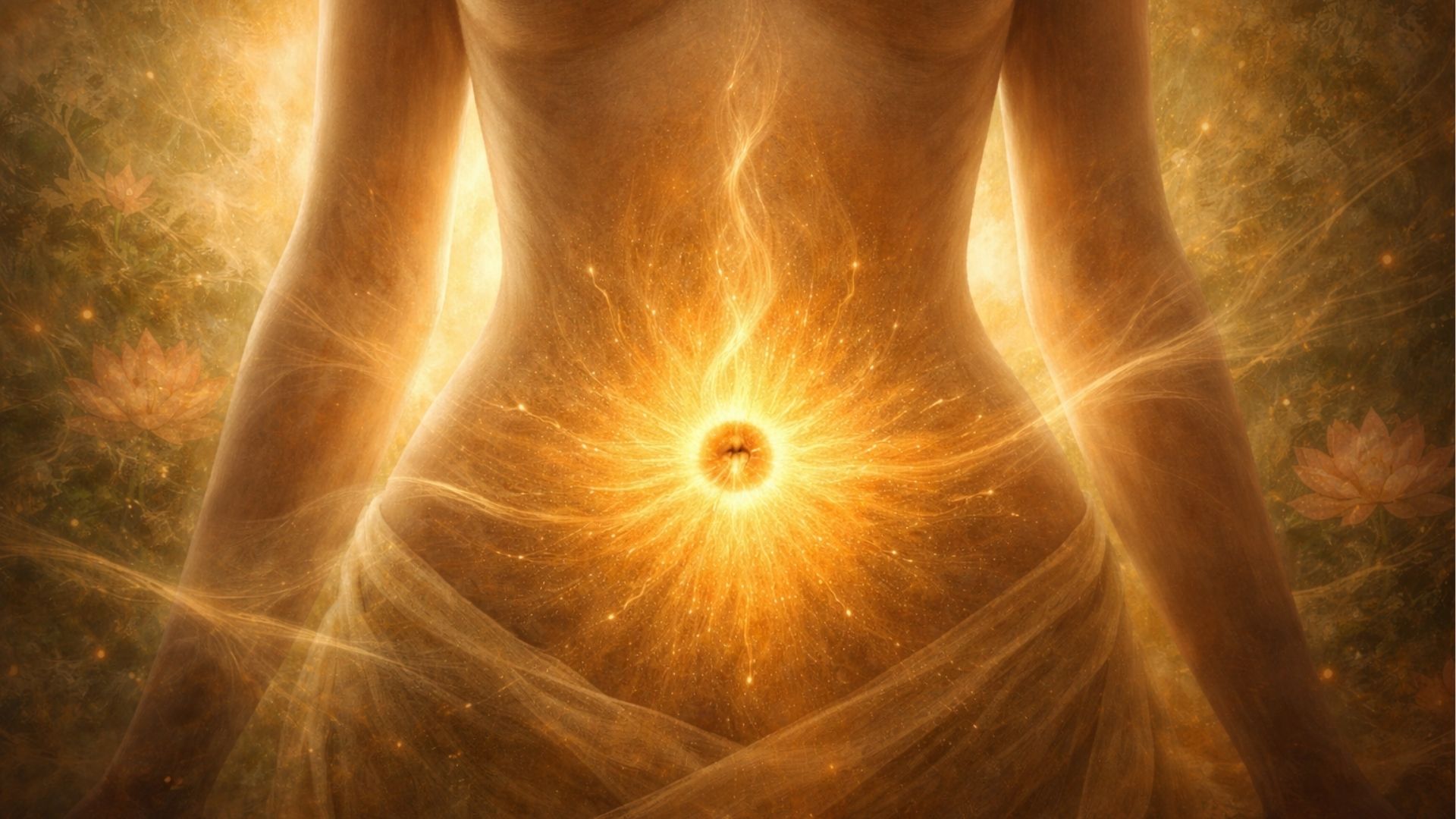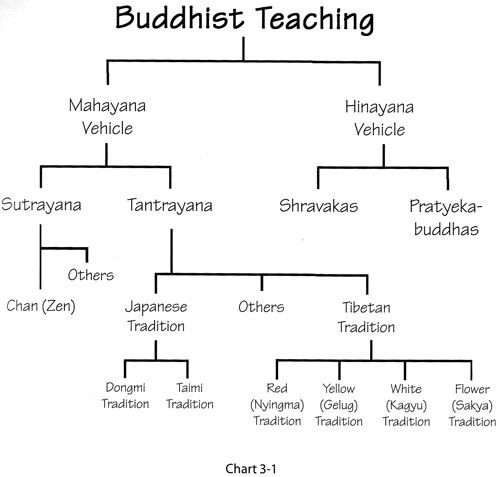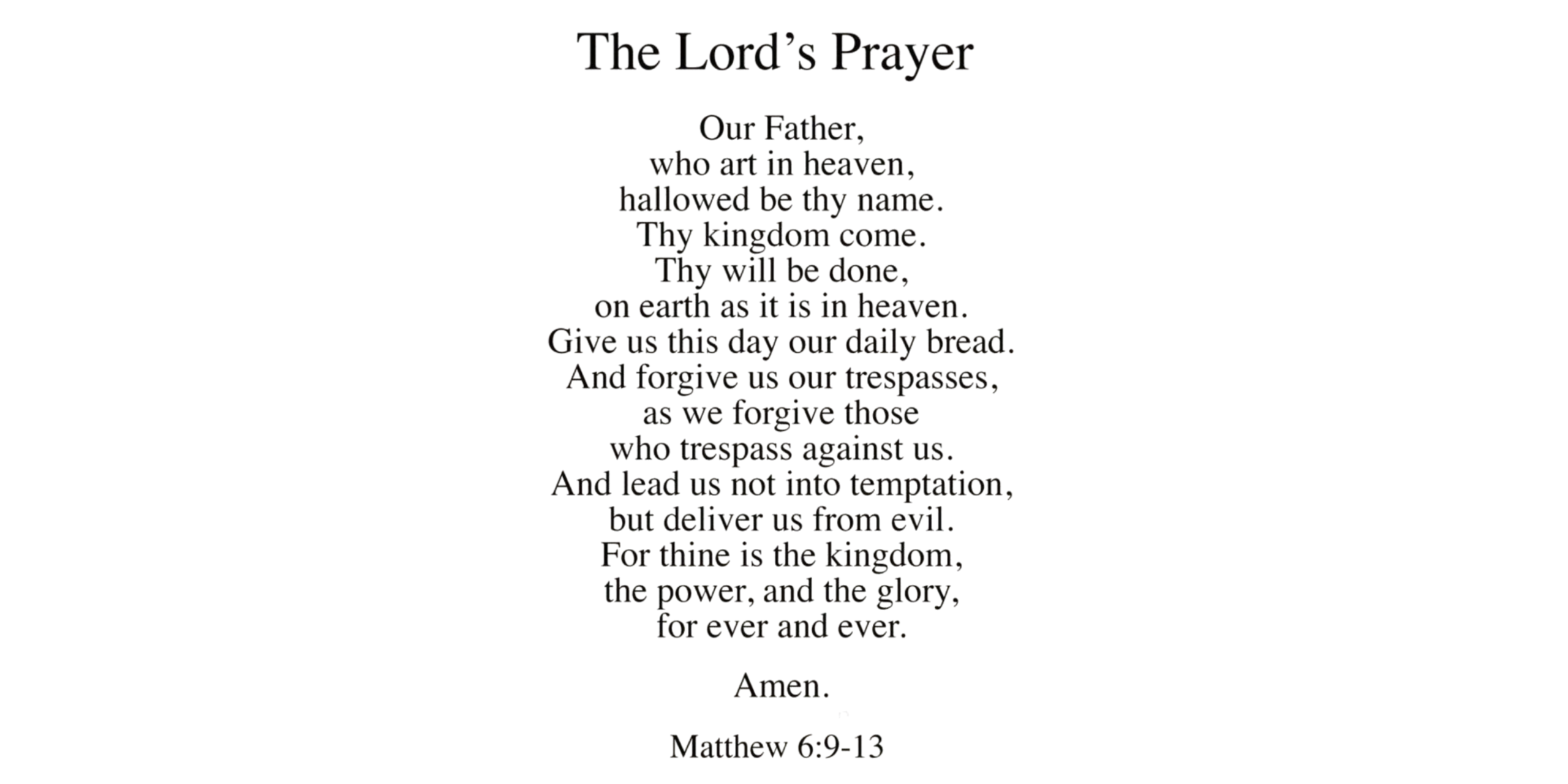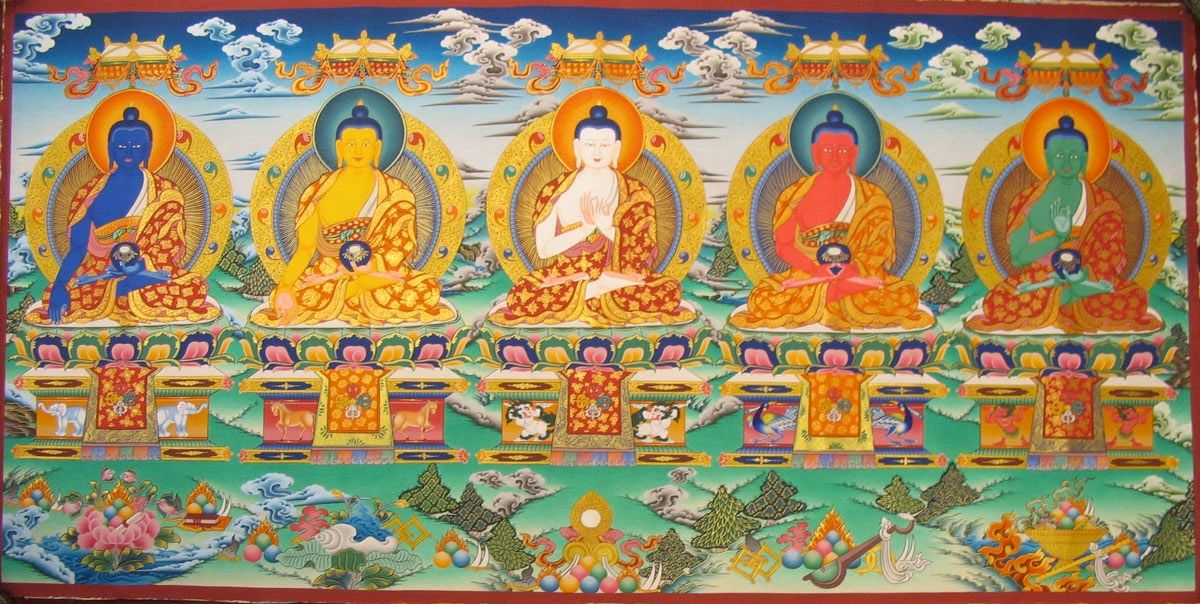Does your imagination go spiritually wild thinking if somewhere in this world, a hidden sanctuary of wisdom might exist? For centuries, people have passed down legends of secret utopias free from strife and rich with knowledge – and one of the most enduring of these is the mystical kingdom of Shamballa.
Also known as Shambhala or even Shangri-La in popular lore, Shamballa is described as a remote paradise where enlightenment and peace reign supreme. Its story weaves together Eastern myth, esoteric philosophy, and a timeless hope that enlightened Spiritual Masters walk among us, guiding humanity from afar.
Many traditions place Shamballa in the remote mountains of Central Asia. Legends say it lies beyond the Himalayas or the Gobi Desert – a secret kingdom guarded from ordinary eyes. Only those pure of heart and spirit can find this land of wisdom.
The Myth of Shamballa in Eastern Traditions
Shamballa’s roots lie deep in Eastern spirituality. In Sanskrit, “Shambhala” literally means “place of peace” or “place of silence,” reflecting its nature as a mythical paradise mentioned in ancient texts. According to Tibetan Buddhist lore (particularly the Kalachakra Tantra), Shamballa is a hidden kingdom where only the pure of heart can live, a place where love and wisdom prevail and people are untouched by suffering or age. In other words, it represents an ideal society of enlightened beings. In fact, all the citizens of Shamballa are said to have achieved enlightenment, embodying a Buddhist ideal of a perfect enlightened community.
Eastern scriptures offer tantalizing hints about Shamballa’s role in humanity’s story. Ancient Hindu texts like the Vishnu Purana prophesy that Shamballa will be the birthplace of Kalki, the future avatar of Vishnu destined to usher in a new golden age. Similarly, some Buddhist traditions link Shamballa to Maitreya, the future Buddha – indeed one account even suggests Shamballa is presently ruled by Maitreya until the time for his appearance in our world. The legends speak of a line of wise kings in Shamballa who safeguard esoteric wisdom. One day, when ignorance and chaos peak in the outer world, the final king of Shamballa (often named Rudra Chakrin in Tibetan prophecy) will emerge with an army to overcome darkness and inaugurate a global era of peace. This dramatic prophecy, found in the Kalachakra teachings, symbolizes the ultimate triumph of enlightenment over evil – though many lamas interpret it metaphorically as a spiritual battle rather than a literal war.
Importantly, Eastern teachers emphasize that Shamballa is not just a physical location on a map. It has outer, inner, and secret meanings. The outer Shamballa is that hidden valley or kingdom on earth; the inner Shamballa is a state of pure consciousness that one can cultivate; and the secret meaning refers to profound experiences in meditation. Even the Dalai Lama, when giving the Kalachakra initiation in 1985, cautioned that “it is not a physical place that we can actually find… unless one has the merit and karmic connection, one cannot actually arrive there”. In other words, Shamballa might exist on a higher plane of reality – a “pure land” accessible only to enlightened minds. This perspective keeps Shamballa in the realm of the mystical, somewhat like a heaven on earth that is veiled from ordinary sight.
So in the East, Shamballa stands as a beacon of hope and spiritual perfection. It’s the promise that even in our imperfect world there is a refuge of ultimate truth – a place (or state of being) where enlightened masters preserve the ancient wisdom awaiting the time to help humanity in a big way. The very idea has inspired monks, yogis, and laypeople alike to meditate on Shamballa’s qualities of peace, compassion, and courage.
Western Esoteric Interpretations and Fascination
The mystical allure of Shamballa did not stay confined to Asia. In the late 19th and early 20th centuries, Western spiritual seekers – notably those in the Theosophical Society – became fascinated by this legend. Translations of Buddhist and Hindu texts were emerging, and occult philosophers like Helena Blavatsky started referencing Shamballa in their writings. Western esoteric writers expanded on Shamballa, portraying it as a real but hidden stronghold of ascended masters or sages guiding humanity. They spoke of a “hidden mystic brotherhood” dwelling in Shamballa whose members quietly labor for the good of humanity. In these accounts, Shamballa often exists on a more ethereal level – not visible to the average person but very much real on the spiritual planes.
One influential Theosophist, Alice A. Bailey described Shamballa as an extra-dimensional spiritual center on the astral plane – essentially a city of light in an unseen realm. She claimed it houses the governing deity of Earth, a great being called Sanat Kumara who in Theosophical lore is the “Lord of the World” residing in Shamballa. Bailey’s writings paint Shamballa as the crown chakra of the planet, an expression of divine Will, from which the plan for human evolution is overseen. While such claims are decidedly metaphysical, they imbue the Shamballa myth with even more cosmic significance: it’s not just a hidden kingdom, but the spiritual center of our very world in esoteric thought.
Theosophists and other occultists also believed that many of the enlightened Masters of Wisdom – sometimes called the Great White Brotherhood – maintain a connection to Shamballa. These masters, according to lore, are advanced beings (some once ordinary humans who attained high initiation) who work behind the scenes to inspire and assist humanity’s progress. In Theosophical stories, a few of these masters even contacted Blavatsky and others to impart teachings. Shamballa, as their retreat and headquarters, is like a spiritual command center. For example, Theosophy identifies Sanat Kumara with the figure of Dipankara Buddha or a king of Shambhala, linking Eastern and Western narratives by suggesting they speak of the same masters under different names.
All of this might sound fantastical, but it captivated many minds in the West. So much so that explorers set out on physical journeys seeking Shamballa. Perhaps the most famous were Nicholas and Helena Roerich, a Russian artist-philosopher couple who in the 1920s led an arduous Central Asian expedition with the sincere hope of finding Shamballa. Inspired by Theosophical lore (Helena Roerich had even translated Blavatsky’s The Secret Doctrine), they trekked through the Himalayas, Mongolia, and the Gobi Desert for years. Though they faced harsh conditions and never “found” the hidden city, their travel diaries and Nicholas’s paintings (titled with names like “Song of Shambhala”) kept the legend alive. The Roerichs weren’t alone – even agents of more worldly powers got caught up in the Shamballa quest. In the 1930s, Nazi and Soviet expeditions ventured into Tibet partly in search of Shamballa or its sister myth Agartha, hoping to tap into occult knowledge or power rumored to reside there. (Truth can be stranger than fiction – the head of Stalin’s secret police was genuinely intrigued by Shamballa lore and tried to use it for political ends!)
Though no explorer ever found a literal “Shamballa” on the map, the myth spread far and wide. It even inspired the fictional paradise of Shangri-La in James Hilton’s popular 1933 novel Lost Horizon, which describes a hidden lamasery in the Himalayas where people live in harmony and longevity. To this day, the very word Shangri-La (rooted in Shamballa) evokes an earthly heaven. This cultural impact shows how the idea of Shamballa – whether taken as a real place or a symbol – has a powerful hold on our collective imagination. It speaks to a deep yearning for a world governed by wisdom and peace, perhaps secretly influencing our own.
Who Are the Spiritual Masters of Shamballa?
At the heart of the Shamballa legend are its Spiritual Masters – the enlightened beings said to reside in that sacred realm. But who are these masters, exactly? Different traditions offer varying portraits, but they all agree on one point: the denizens of Shamballa are not ordinary people, but advanced souls dedicated to preserving wisdom and helping humanity.
In the Buddhist context, the “masters” of Shamballa could be understood as the Kings of Shambhala and their retinues. The Kalachakra Tantra lists a lineage of 32 kings (rigdens) who reign in Shambhala, each a Dharma King who upholds the Buddha’s teachings. These rulers, starting with King Suchandra, are said to have received esoteric teachings directly from the Buddha for safekeeping. The current king in the mythic timeline is often said to be waiting for the moment to lead the forces of light against darkness. Alongside the kings, one can imagine an entire society of learned lamas, bodhisattvas, and saints in Shamballa – essentially an enlightened civilization. The future Buddha Maitreya is sometimes depicted as teaching in Shambhala’s courts until his destined appearance in our world. In this view, the masters of Shamballa are firmly rooted in Buddhist cosmology: they are bodhisattvas and enlightened monks holding the lamp of Dharma until the time is ripe to dispel ignorance in the world.
Meanwhile, the Theosophical and New Age view of Shamballa’s masters is a bit more metaphysical. Here, the Masters of Shamballa are often equated with the Ascended Masters – enlightened beings who have transcended normal human limits. They include famous spiritual figures from history (for example, some consider Jesus and Buddha as ascended masters among others), as well as less-known adepts who have attained mastery. According to these teachings, such masters continue to work from higher planes to guide humanity’s spiritual evolution. Shamballa is envisioned as their gathering point or headquarters on Earth’s etheric plane. The “hidden brotherhood” mentioned earlier fits in here – a fraternity of sages like Master Morya, Master Koot Hoomi, and others that Theosophical lore holds in high regard. They might not all live in Shamballa in a physical sense, but Shamballa is the spiritual center that unites them. It’s sometimes described as a city of light where the vibration is so high that one must be spiritually advanced to even perceive it.
One prominent figure often called the Lord of Shamballa is Sanat Kumara. In Eastern legend, Sanat Kumara is a highly advanced being (sometimes associated with the planet Venus in Theosophy) who is said to have come to Earth eons ago to assist in its spiritual development. Theosophists identify him as the regent of Earth residing in Shamballa, and interestingly, they link him to the Buddhist idea of the final world-saving king: one Theosophical text even uses the name Raudra Chakri (a variant of Rudra Chakrin, the last king of Shambhala) for Sanat Kumara. By whatever name, this being is portrayed as a great spiritual king or mentor overseeing the brotherhood of masters. Under him are other masters of wisdom who each have specific roles – for instance, guiding the development of cultures, religions, and sciences, or quietly influencing key events to keep humanity on track.
What is the purpose of these spiritual masters?
Legends and esoteric teachings suggest a noble mission: to preserve divine wisdom and aid humanity’s enlightenment. They are the keepers of secrets – not in order to hoard knowledge, but to ensure it is used wisely and revealed at the right time. In Shamballa, it is said, the ancient laws of Dharma and the knowledge of past civilizations are safeguarded. When the world falls into moral darkness or when humanity is ready for the next leap, the masters step in – perhaps by sending out a teacher, inspiring a new philosophical movement, or even incarnating among us.
In the Buddhist narrative, this will culminate in the grand appearance of Shamballa’s king to save the world at the end of the age. In the Theosophical narrative, the masters’ influence is more behind-the-curtains: they might inspire individuals who then become great reformers, scientists, or spiritual leaders without those individuals even realizing where their inspiration springs from. Many spiritual people like to believe that great leaps in human progress – the renaissance, humanitarian ideals, nonviolent movements – have an unseen helping hand from Shamballa’s enlightened minds.
Of course, all of this walks the line between myth and mysticism. Are we talking about actual enlightened people living in a hidden valley, or are these masters more like spiritual archetypes? Different believers have different views. Some take it literally – they feel Shamballa physically exists on Earth (perhaps underground or in a parallel dimension) and that these masters are real immortals who could, if they chose, reveal themselves. Others see it more symbolically – the masters of Shamballa represent the highest aspects of our own consciousness or the collective wisdom of humanity, and Shamballa itself is a metaphor for the enlightened mind. There is no concrete proof either way, which is exactly what keeps the mystery alive and open to personal interpretation.
Shamballa’s Relevance in Modern Times
Why does the legend of Shamballa still matter today? For one, it serves as a reminder of humanity’s highest aspirations. In a world that often seems consumed by materialism and conflict, the idea that there is a sanctuary of peace and enlightenment – or that wise masters are watching over us – can be profoundly comforting and inspiring. Whether taken literally or not, Shamballa symbolizes hope. It tells us that wisdom and compassion have not vanished from the world; they’re simply hidden, waiting to resurface when we most need them.
Modern spiritual practitioners often invoke Shamballa in meditation or philosophy. For example, some Tibetan Buddhist lineages actively teach the Kalachakra practices that involve visualizing the Shambhala realm and its enlightened kings as a way to cultivate inner peace and readiness for enlightenment. The Kalachakra Initiation, given by the Dalai Lama and other masters, explicitly refers to the Shamballa prophecy and encourages devotees to strive for the pure heart needed to “reach” Shamballa – internally if not physically.
In New Age circles, Shamballa’s masters (the ascended masters) feature in various teachings and healing practices. There are even energy healing systems with names like Shamballa Reiki that attempt to channel the compassionate energy associated with that realm. While such practices may mix imagination with intuition, they show how Shamballa continues to influence contemporary spirituality and wellness approaches.
On a personal level, one might reflect on Shamballa as a state of being. When I first heard of Shamballa, I was captivated by the notion of a hidden oasis of wisdom in the midst of our troubled world. Over time I’ve come to feel that “Shamballa” can also exist within each of us — whenever we cultivate peace in our hearts, seek truth, and act with compassion, we are essentially inviting a bit of that Shamballa energy into our lives.
In a way, the Spiritual Masters of Shamballa could be seen as aspects of our own higher self or guardians of our better nature. They challenge us to become our own masters, to find the “kingdom of heaven” (or mandala of Shamballa) within. This interpretation makes the legend deeply relevant: it’s not about waiting for hidden masters to save the world, but about each of us striving to live with the wisdom and love that Shamballa represents.
Mandala of Enlightenment: In Tibetan Buddhism, Shamballa is often depicted as a sacred mandala (spiritual diagram) like the one above. Such mandalas symbolize a perfected world of enlightenment. They remind practitioners that Shamballa is both a place and a state of mind – a vision of what our world could be at its highest potential.
In our busy lives, Shamballa’s tale urges us to pause and reflect on life’s deeper meaning. It merges mysticism and philosophy, inviting us to believe in something beyond the ordinary. Whether or not Shamballa’s masters are real, their message endures: wisdom and goodness will prevail, and an unseen order exists amid chaos, upheld by enlightened principles. We can connect to this higher order through introspection, ethical living, and openness to the unknown.
In conclusion, Shamballa’s masters remain a matter of faith and personal belief. Historically, the myth bridges East and West – from ancient prophecies to modern mystics. Culturally, it persists in books, films, and spiritual discussions. And spiritually, it symbolizes ultimate enlightenment.
Whether a hidden kingdom or a metaphor for a higher plane, Shamballa’s masters remind us to embrace peace, compassion, and wisdom. In this way, Shamballa is “real” – not on any map, but in the hearts of seekers. As the saying goes, “When the student is ready, the master appears.” Perhaps we are all journeying toward them, whether in distant mountains or within our souls.







